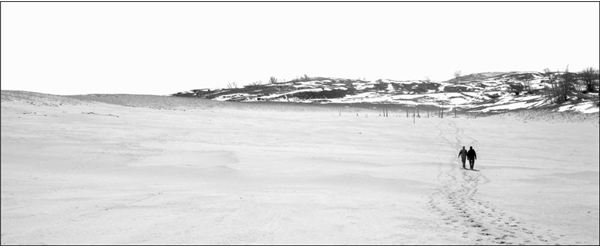Top Ten Winter Photographs and How To Capture Them: Silhouettes, Icicles, Misty Grays, Tranquil Nature and More
1. Silhouette in the Snow
For those blessed with abundant snowfall during the winter months, snow can provide a clean blank canvass upon which silhouettes and other forms may stand out in a striking manner. This effect is best where there are large expanses of relatively smooth terrain, broken only by a few relatively dark figures. Dramatic lone shapes and minimalist compositions dominate here. Such photos are often best in black and white, with a high contrast for emphasis.


2. Gray Atmosphere
Just because you live in a place where it doesn’t snow in the winter doesn’t mean there aren’t quintessentially winter photos to take either. Where it isn’t white, it’s gray—mist and clouds predominate in many wintry climes, and using the accompanying tones may create photographs demonstrating the melancholy and drear that often accompanies winter.
As opposed to the previous idea, try for lower contrasts, just enough to emphasize different shades of gray. Black and white mode is again a good idea here, though the subtle colorations may also make for a beautiful photograph.
Examples
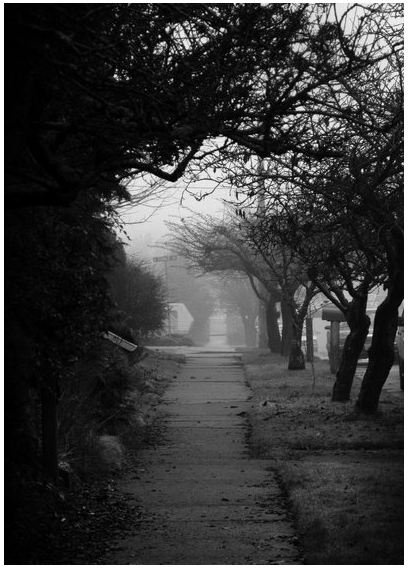

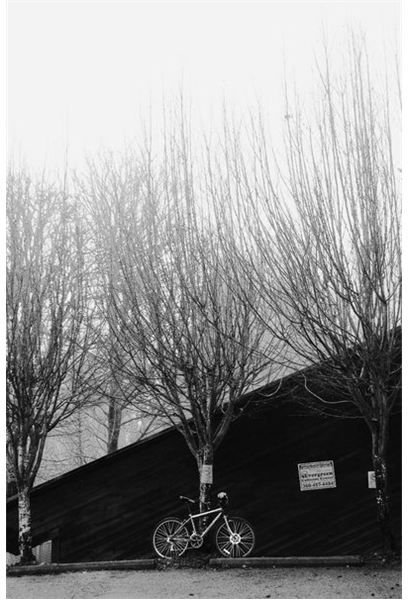
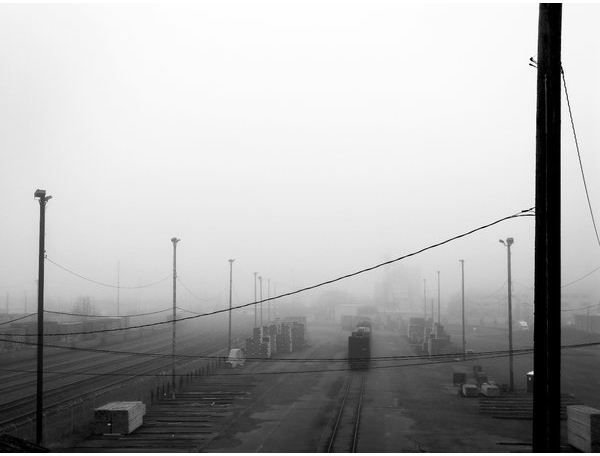
3. Icicles
Icicles are a feature of any real winter, from the sides of houses and skyscrapers to tumbling down cliffs in spectacular cascades—and are spectacular to photograph.
As the ice gets thicker, you may notice that it takes on a distinctly blue-green tinge, a color which you may want to emphasize with a high color saturation filter. However, remember that ice is mostly clear: icicles will take on the colors and hues of their surroundings, which can work to your benefit. Think icicles over a window refracting the light from a Christmas tree inside, or the bright colors of a sunset.
Icicles are sometimes difficult to focus on: digital camera software is often confused by what the subject is, the surface of the icicle itself or the background, so manual focus might be a good idea.
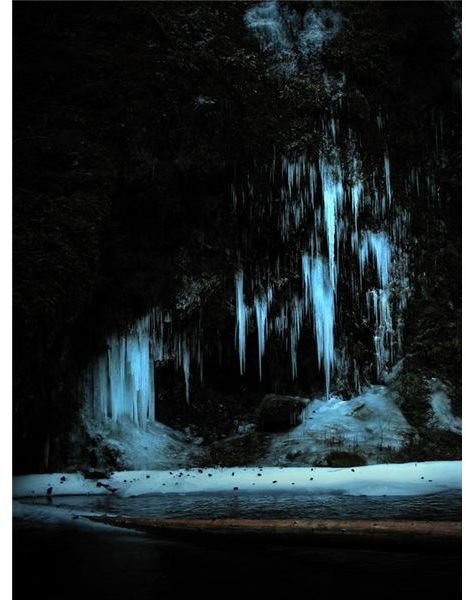

4. Cool Waters
The cool blues and grays of winter lend themselves to beautiful tones in water. Wake up one still winter morning and find your way to some water, a river, a lake, a bay. On a clear day, a crisp winter sky will reflect in beautiful manner; with clouds, the waters will seem washed in soft blues. Try composing just as you would with normal waterscapes.
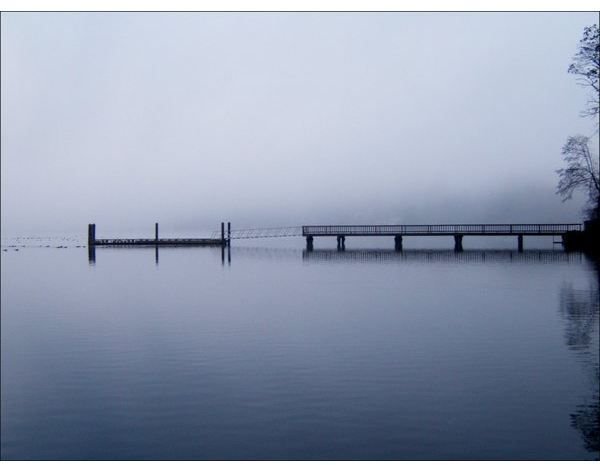
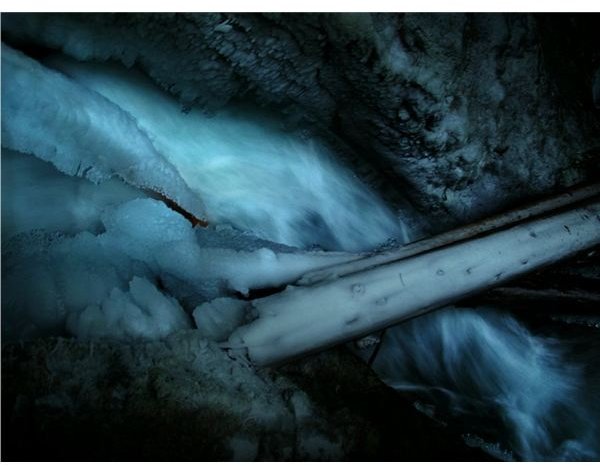
5. Tranquil Nature

In the winter, many natural backdrops are transformed from vibrant paradises to pure quiet. Deciduous trees have lost their leaves, giving them sharp outlines against the skies, and much of the undergrowth dies away, leaving conifers and lichens often the only green things about. Taking pictures of these silent scenes, forests, meadows, and everything in between, can reflect this quiet. Black and white photos reflect well here, but use of color to highlight what little green there is also highly effective.
6. Animal Life

What animals are still active in the winter are nearly as inconspicuous as the trees. Lone tracks tracing their way through the forest are testament to the fact that there is still life, and occasionally, a bright splotch of a fox leaping through the brambles, or a deer picking its way through an old orchard allow a further highlight of the winter quiet. Look patiently for these signs of life, and capture them as quickly as you can, as they are often quite fleeting and require a fast hand - or quite drowsy with the cold. Wildlife photography techniques are necessary here.
7. Ice Crystals
Ice and snow crystals make splendid macros in all their intricacy. Look for frost-encrusted windows and grass in the early morning, or patterns left by melting ice. Single snow crystals fallen on snow or other surfaces are also quite beautiful. Macro skills are essential here, and a macro lens lends itself well to photos of the incredibly small.
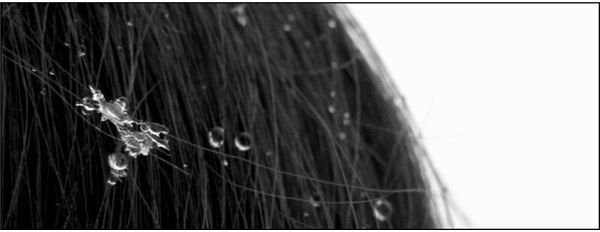
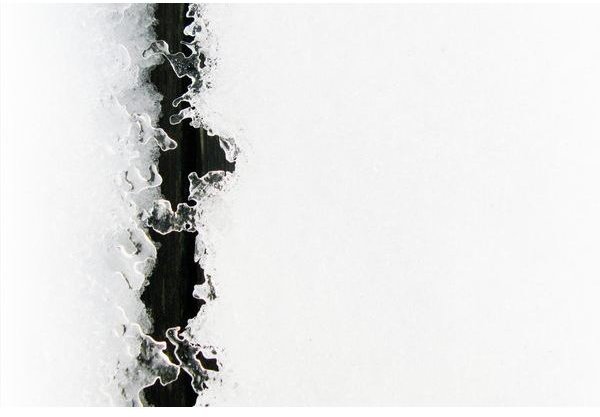
8. Snowstorm (or maybe just a flurry)
Snowstorms or other solid state winter precipitation are another fantastic feature of nature to photograph. While difficult to photograph, these stand testament to winter in action.
To effectly photograph snowfall, you need a dark background against which the individual snowflakes may be seen. The side of a barn, a figure in black, even macros—all are potential subjects, made more atmospheric by the snowfall . Snow also provides a dramatic fade-out effect over distance, which may be taken advantage to spectacular effect in cityscapes or forests.
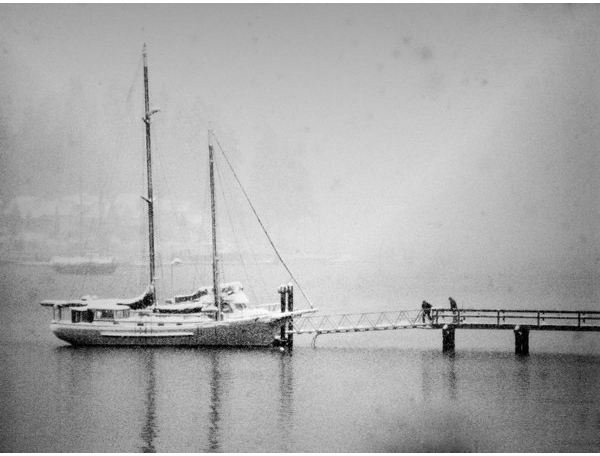
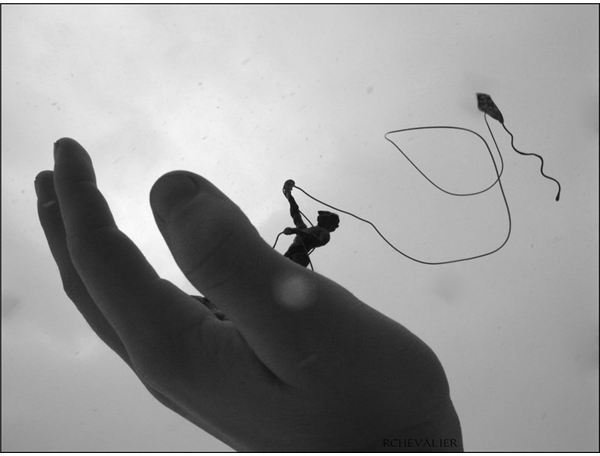
9. Wintry Mess
This article has largely been emphasizing the purely natural aspects to winter: what about the human reaction to the change in weather?
Winter makes for a lot of clutter, especially in the city. Pedestrians are bundled up to the point of facelessness, when they can be found, providing a sense of anomie in street photography. Cars are often buried out of recognition, as are many other signs of civilization. Keep a close eye out for all the little ways in which winter effects human life, and photograph the details of it. Color may be your friend here, highlighting bright artificial colors against the black and white tedium of winter.


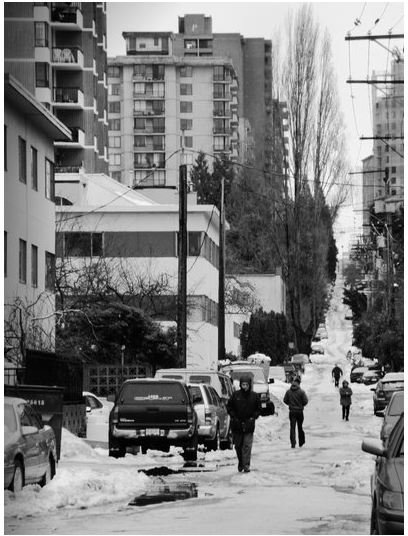
10. Play
It’s not all that bad for people, though. There are many sports that take place in a wintry realm, be they iceskating in the city plaza, hockey on a frozen lake, or sledding on the neighborhood hill. This will require a bit of sports photography know-how, especially if you’re photographing the fast movements of professional athletes. Photographing children at play requires many of the same skills: a fast shutter speed, a good sense of timing, and a bit of patience is of the essence.
